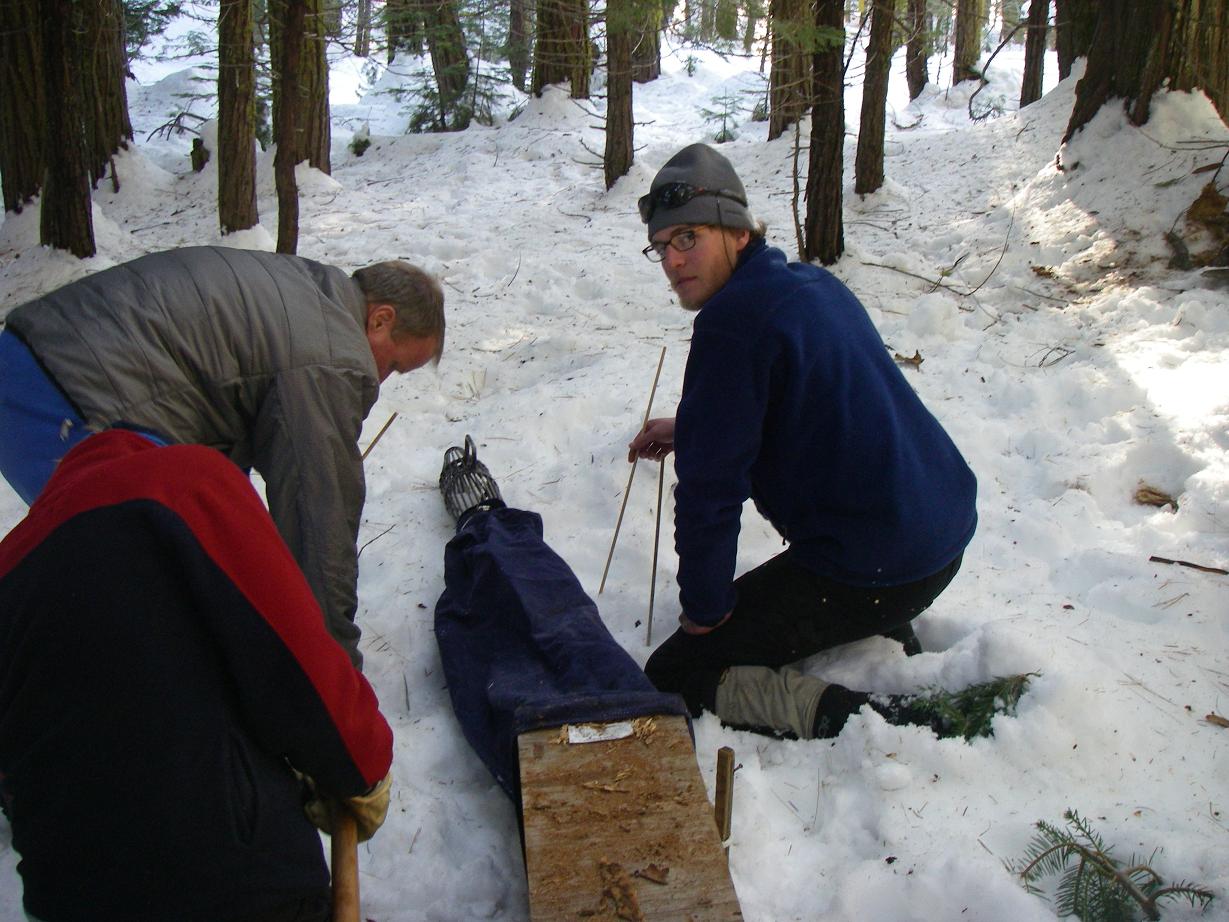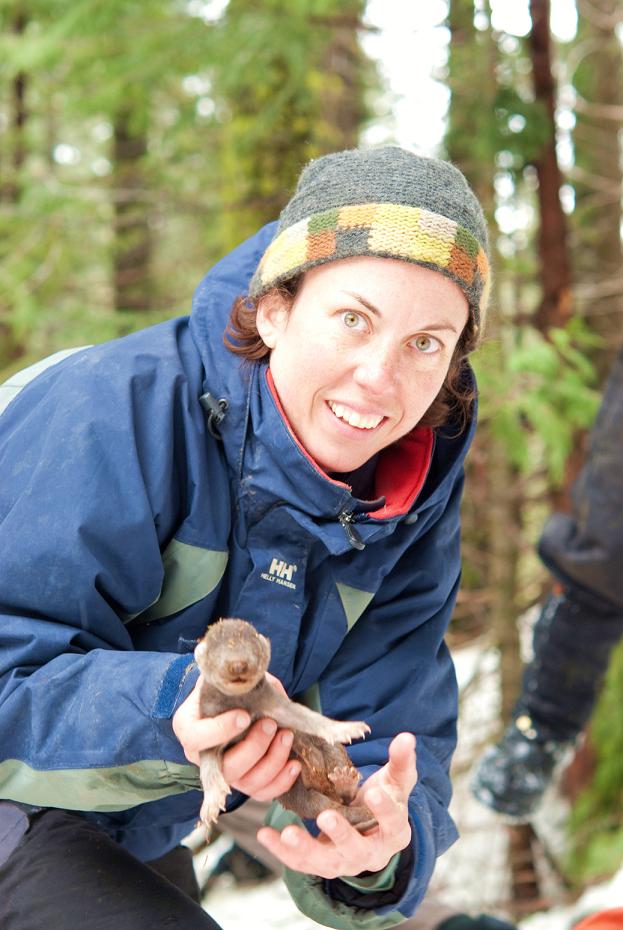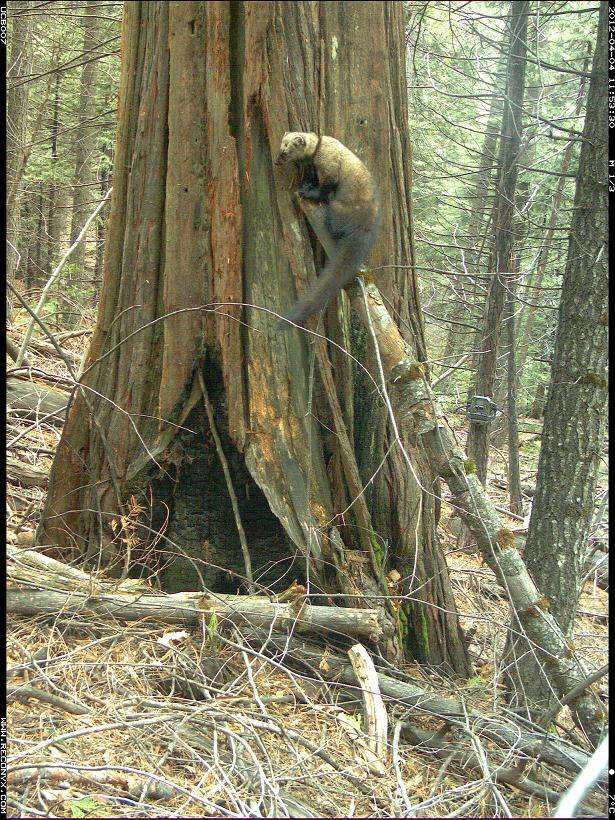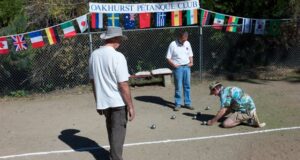CALIFORNIA – A shy and elusive member of the weasel family, the Pacific fisher seems misnamed.
This carnivorous inhabitant of mid-elevation forests in the Sierra Nevada doesn’t fish at all, favoring birds, small mammals and–unlike most predators–even porcupines in its diverse diet which they augment with fungi and fruit.
Feeding mostly in the hours around dusk and dawn, fishers are seldom seen by humans. Chances are that few, if any, readers have ever seen one.Distribution of the Pacific fisher once ranged from British Columbia southward to California’s Sierra Nevada. Its historic range has shrunk by about half, leaving only two native populations in California, one around the western California/Oregon border, and the other in the southern Sierra.
Although laws passed in the 1940s banned the trapping of Pacific fishers, the loss of forest habitat to development and logging, along with the species’ low reproductive capacity, their diminished genetic diversity, disease and roadkills in places such as Yosemite, has put the fisher population in peril. It is now a candidate species for listing under the federal Endangered Species Act, and a California species of concern.
Like all predators, Pacific fishers provide a vital service in controlling prey populations, and their extinction would further rattle the natural balance between the two ecosystem players. Their loss, in the words of one researcher, would be a “tragedy.”

Rick Sweitzer, Ph.D., the lead project scientist of the SNAMP fisher team, will discuss this project and describe the fisher’s natural history in a slide presentation, “Ecology of the Rare Pacific Fisher in the Sierra Nevada,” at the Yosemite Area Audubon Society’s (YAAS) monthly program at 7 p.m. Thursday, Mar. 14, at the Oakhurst Methodist Church on Road 426 in Oakhurst.
Sweitzer is an adjunct associate professor at the Center for Natural Resources in the Department of Environmental Science, Policy and Management at the University of California, Berkeley. He earned his Ph.D. in Evolution and Conservation Biology at the University of Nevada, Reno, after receiving a B.S. in Biology and Environmental Science at Northern Arizona University and an M.S. in Wildlife Ecology from Nevada, Reno.
With emphasis in mammalian ecology and conservation biology, Sweitzer has more than 25 years of experience in wildlife biology research, ranging from bison to bald eagles to wild pigs.

The YAAS will also offer its monthly birding trip Saturday, Mar. 16, to the Bass Lake area. Mariposa participants should meet at 8 a.m. at Tip Top Road and Highway 49 South. Oakhurst-area residents can meet the Mariposa group at about 8:30 a.m. in the Sears store parking lot on Junction Drive.
Suitable for beginners, the trip is free and the public welcome. Dress warmly in layers, wear comfortable walking shoes and bring binoculars, field guides, snacks, lunch, beverages and wet-weather gear.
Call (209) 742-5579 or (209) 966-2547 or visit www.yosemiteaudubon.org for additional information about either the program or the birding trip.
The mission of the National Audubon Society, the namesake of noted 19th-century naturalist and bird painter John James Audubon; its state affiliate, Audubon California; and local chapters such as the Yosemite Area Audubon Society is to conserve and restore natural ecosystems, focusing on birds, other wildlife and their habitats for the benefit of humanity and the earth’s biological diversity.




